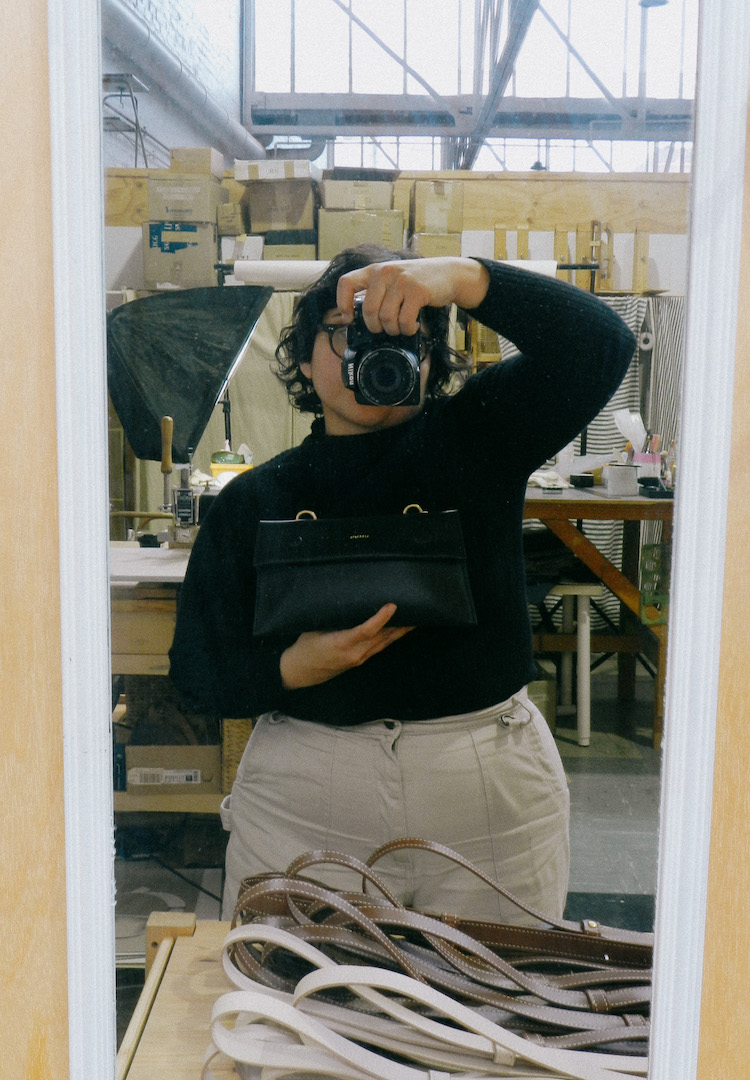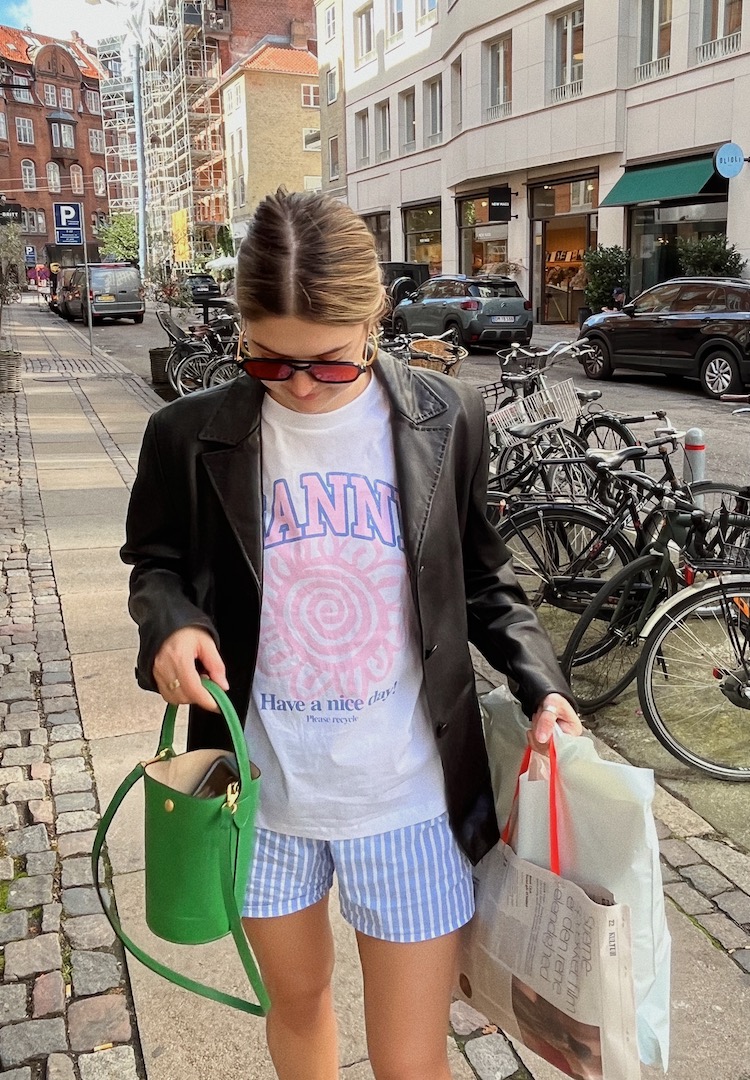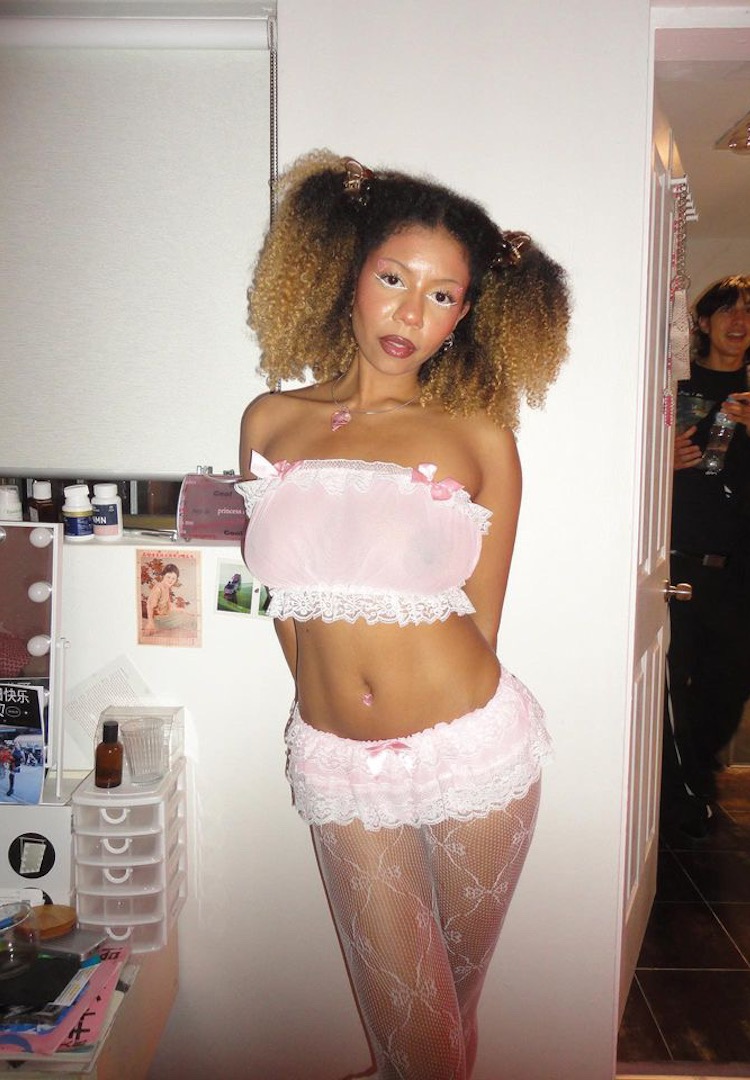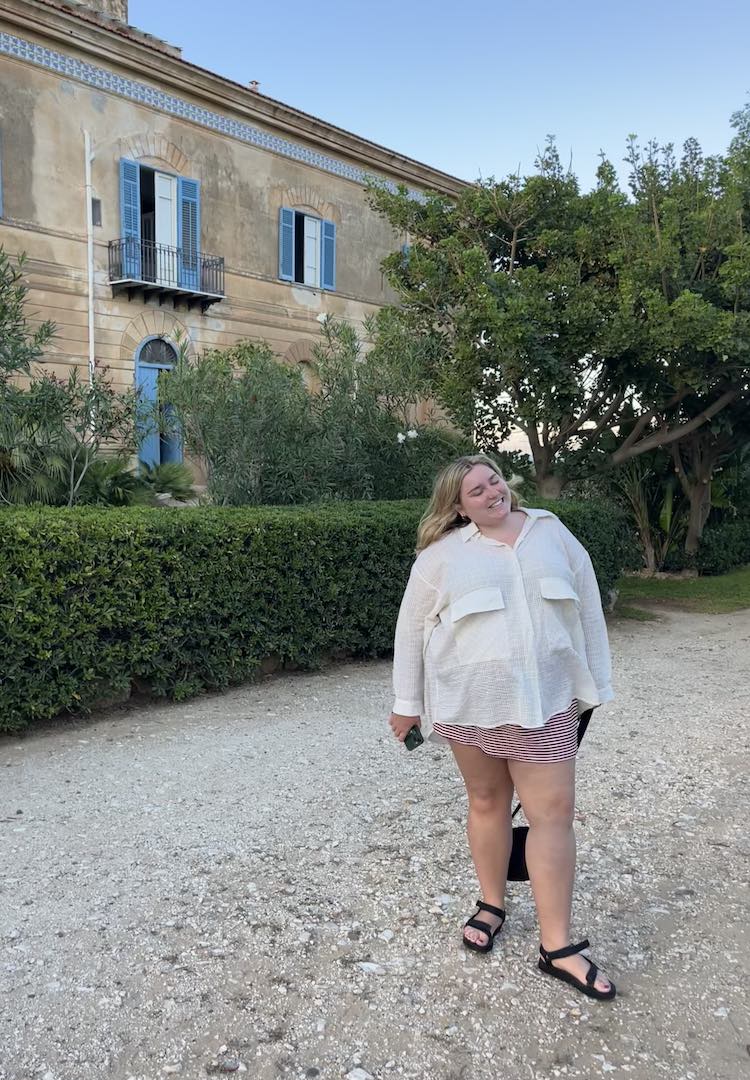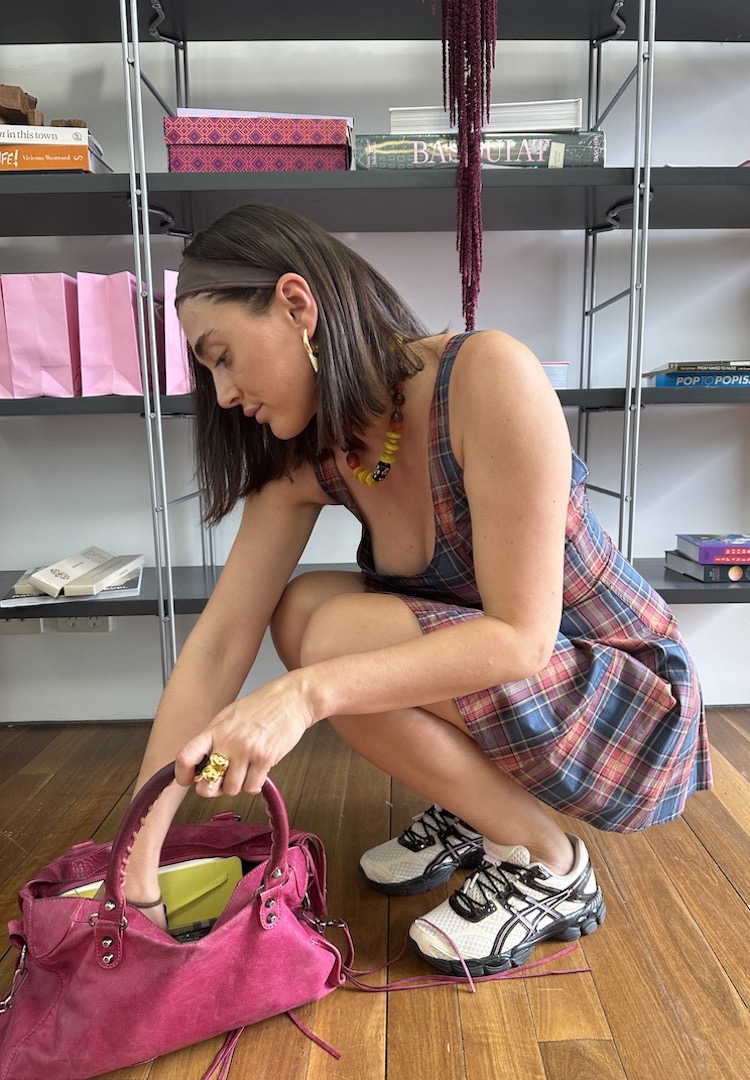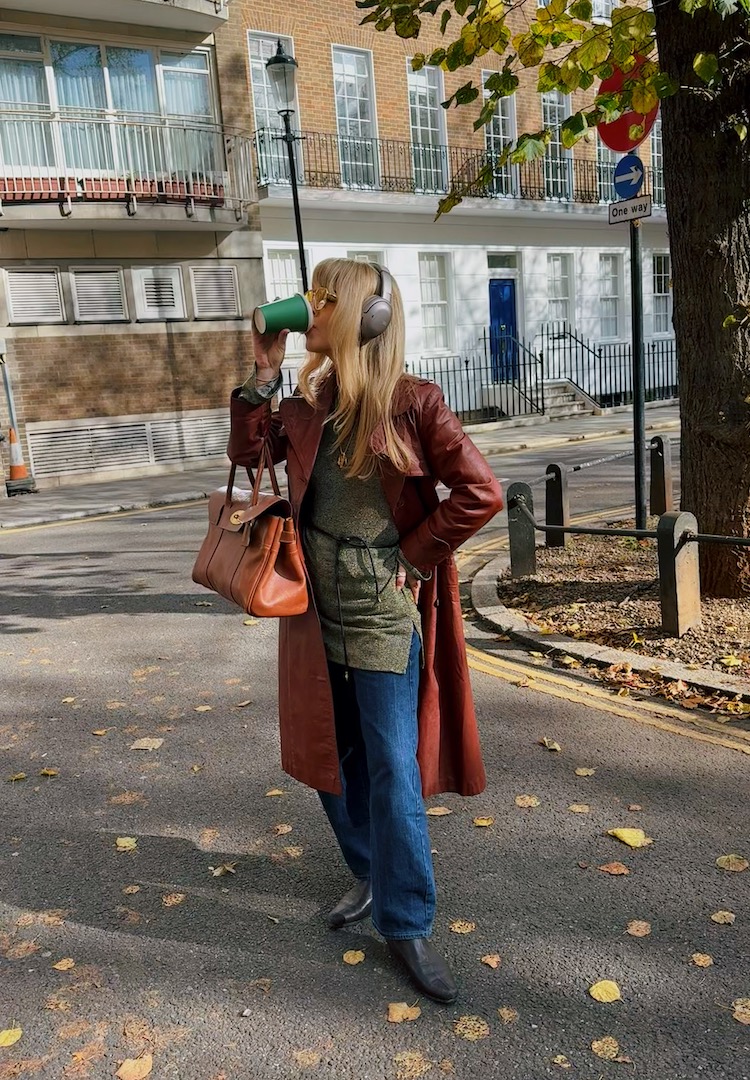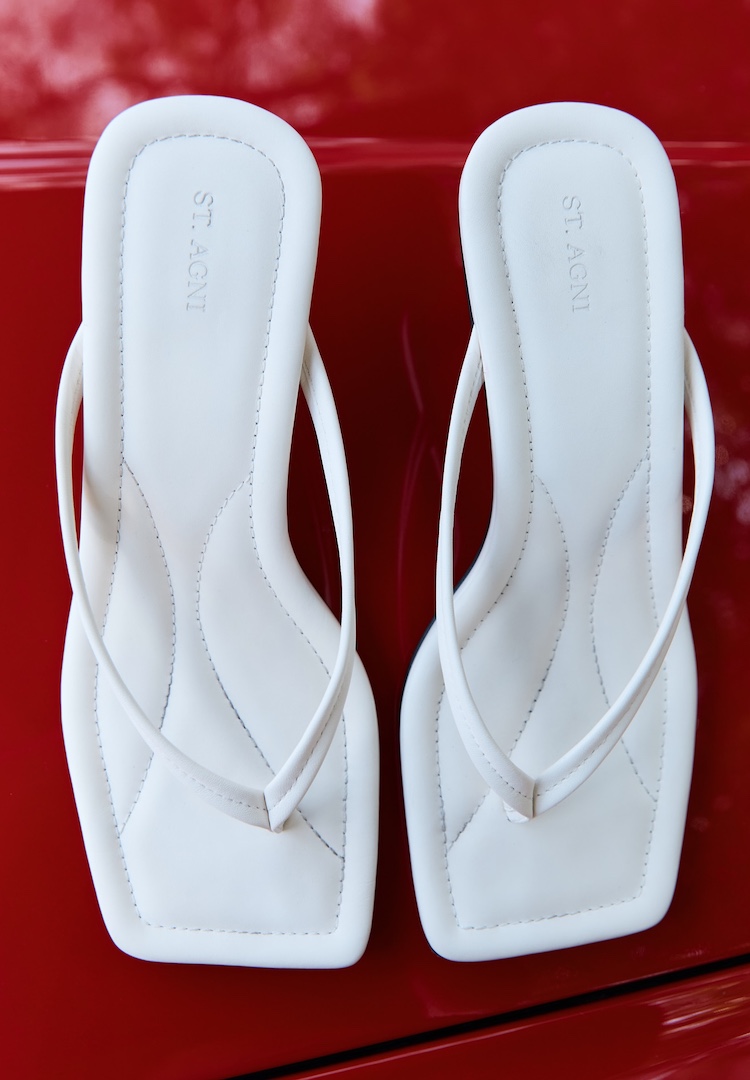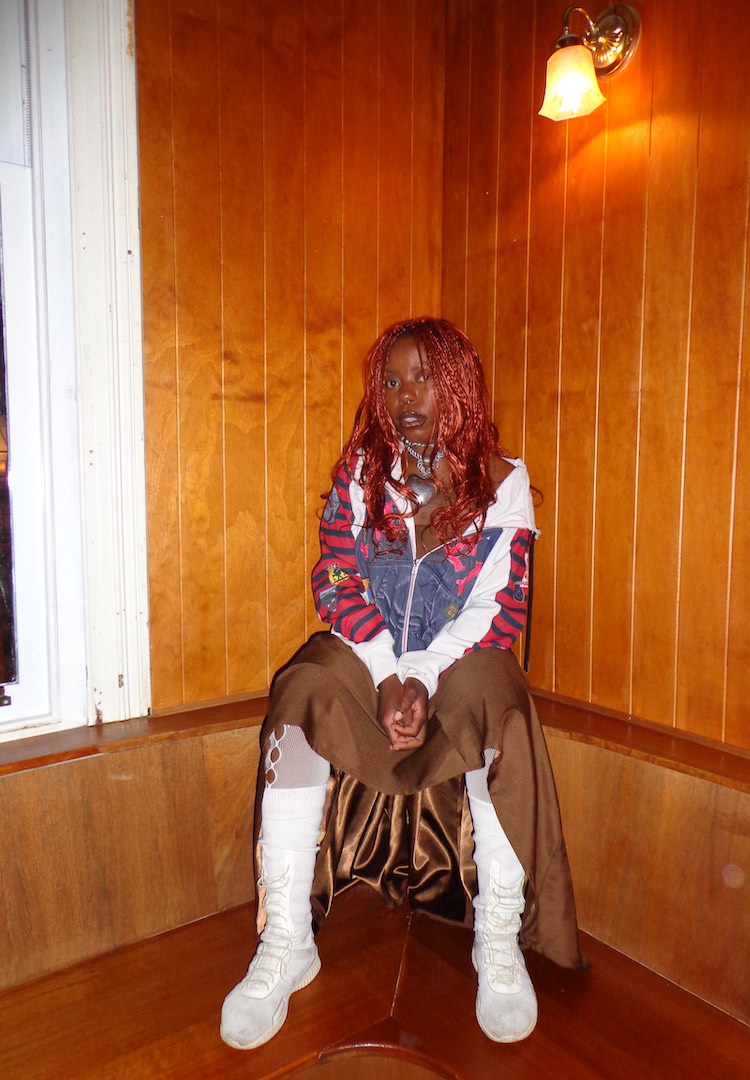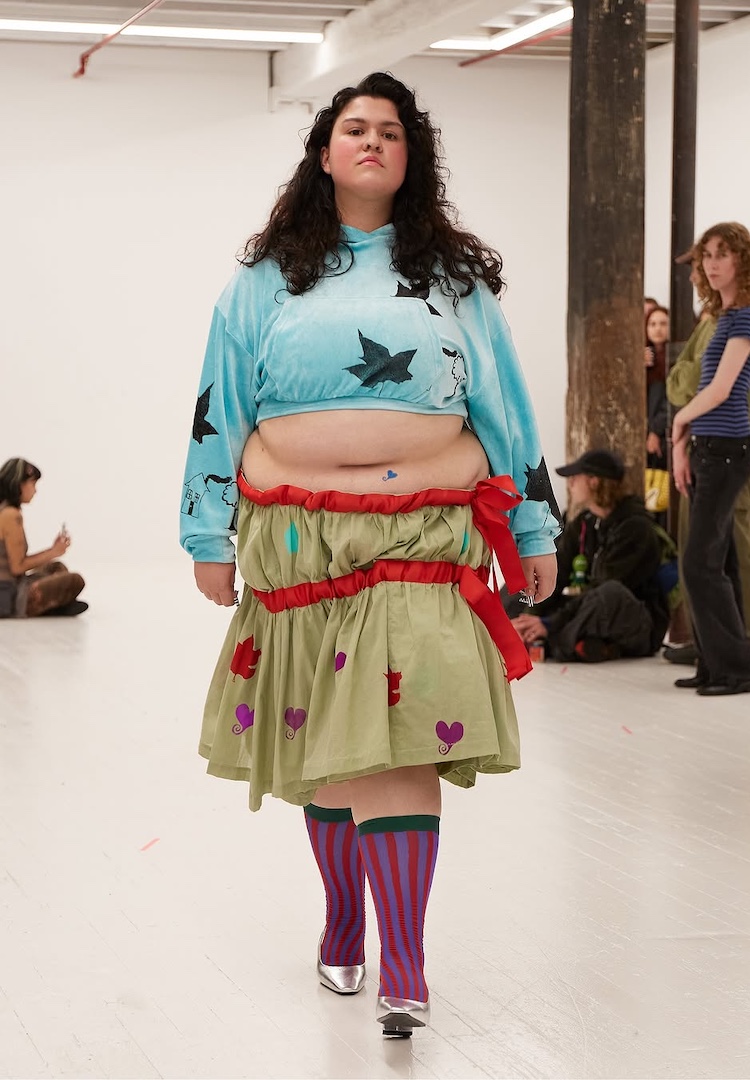Why do I keep buying versions of the same thing? A stylist explains
Words by Lara Daly
“When we have a wardrobe full of clothes but not a lot of options to wear, then we’re generally consuming too many items we don’t need or don’t work.”
My boyfriend and I recently moved into a new, much smaller apartment with gorgeous high ceilings but zero built-in storage. As you can imagine, figuring out where to put all of our clothes in such a limited space has been tricky. The only feasible option was to embrace a minimalist, uniform wardrobe, using one industrial-sized clothing rack and three drawers each.
I enjoyed the challenge of going through my suitcases and only hanging up the pieces I actually wear everyday. While I’m much more efficient getting dressed in the mornings, a few patterns I’d never noticed before became very obvious: I only wear black, blue, brown and grey. I own three versions of the same oversized cotton shirt. I own four versions of the same jeans. I don’t know how I feel about this – does it mean I have a clear sense of style? Or am I in a style rut?
For more fashion news, shoots, articles and features, head to our Fashion section.
According to stylist and founder of the Australian Style Institute, Lauren Di Bartolo, there’s a legit science behind why we gravitate to the same colours and clothing styles. The key to getting out of a style rut – or simply adding more variety to our wardrobes – is understanding how our brains work when we’re shopping.
Fashion Journal: Is it normal to be drawn to the same styles of clothing, again and again?
Lauren: Yes, in fact our brains are wired to do just that. There’s a part of our brain called the Reticular Activating System (RAS) that’s responsible for being drawn to the same styles when it comes to our purchasing decisions. This function acts as our filtering system, having us laser-focused on what we’re already familiar with, often at the cost of not noticing new styles.
The RAS functions without us being consciously aware of why we buy the things we buy, and wear the things we wear. Imagine you’re at a set of traffic lights with 30 cars at the intersection – the RAS will have you zone in on the car that’s the same as yours, or the car you’re in. It’s the same when we shop, we gravitate towards what we like and what is familiar to us.
What factors can contribute to us gravitating towards certain styles?
It comes down to psychology and environment. Have you ever noticed when you start a new job or spend time with a new group of people that your style changes, even slightly? We’re a reflection of our environment and our style is part of that.
Then again, the RAS comes into play. Over thousands of hours of [personal] styling, I’ve observed this with clients and it’s the very reason they end up in what we call a style rut. A style rut is the result of purchasing versions of the same thing and leaves us with little variation and variety to put an outfit together.
Why do we do this? Are there benefits to owning multiples of the same thing?
Historically, the fashion industry has determined what styles we gravitate toward (after all, we shop what’s available) but in recent years, as we’ve seen social media fast-track the timelines of trends and the rise of thrift stores, that’s changed.
For some, owning multiples of the same thing can be beneficial, especially if you approach your wardrobe as a signature style or uniform. It’s something that’s been more recently popularised with brand loyalty, not to mention the time and mental capacity it saves for the less sartorially inclined. In fact it’s believed women spend an average of 17 minutes every day deciding what to wear.
Curating a wardrobe that gives us options to suit our lifestyle is important though, as it helps us dress for the different occasions we attend day-to-day.
What are the most common items people buy multiples of?
Generally it’s wardrobe staples, T-shirts, knits and items we wear in high rotation in multiple colours. Usually, we can justify the slight differences between these pieces to ourselves, or our stylists when they’re editing our wardrobe, but it can still make us feel like we’re wearing the same thing, or an outfit on repeat.
The next time you look in your wardrobe, there will be a style, colour or garment you have multiples of. Ask yourself if this is your RAS at play and what gaps are missing that could build out your wardrobe to give you more options.
How do I know if I’m shopping in circles, or if I just know what I like?
When we have a wardrobe full of clothes but not a lot of options to wear, then we’re generally consuming too many items we don’t need or don’t work. Or, our style has evolved faster than we update our wardrobe, so at some point in time, we will feel like we’ve outgrown pieces. The tricky thing is when we go to update our style and we revert back to what we know, rather than exploring the next version of us.
It’s important to note that buying in circles isn’t always a bad thing, however, when we find something we like and buy it a second time, we generally improve on fit or quality.
How can we break this habit, if we want to get out of our comfort zone?
Getting a qualified personal stylist to assist you can be very helpful as they see beyond your Reticular Activating System and can open your eyes to things you may have missed. Australian Style Institute stylists use a unique methodology founded in human behaviour which allows them to look at your current buying habits, identify the gaps in your wardrobe and introduce new stores or garments you usually wouldn’t try – all while truly understanding your authentic style and how you want to be perceived.
To learn more about the Australian Style Institute, head here.

